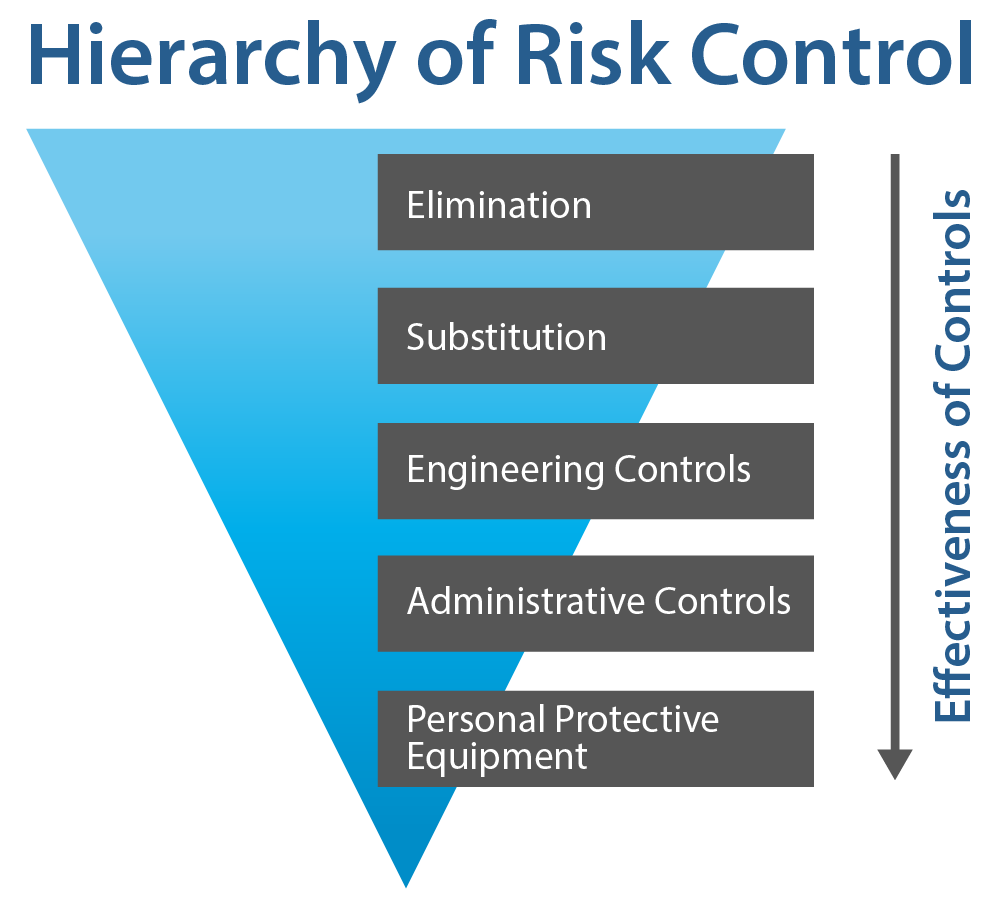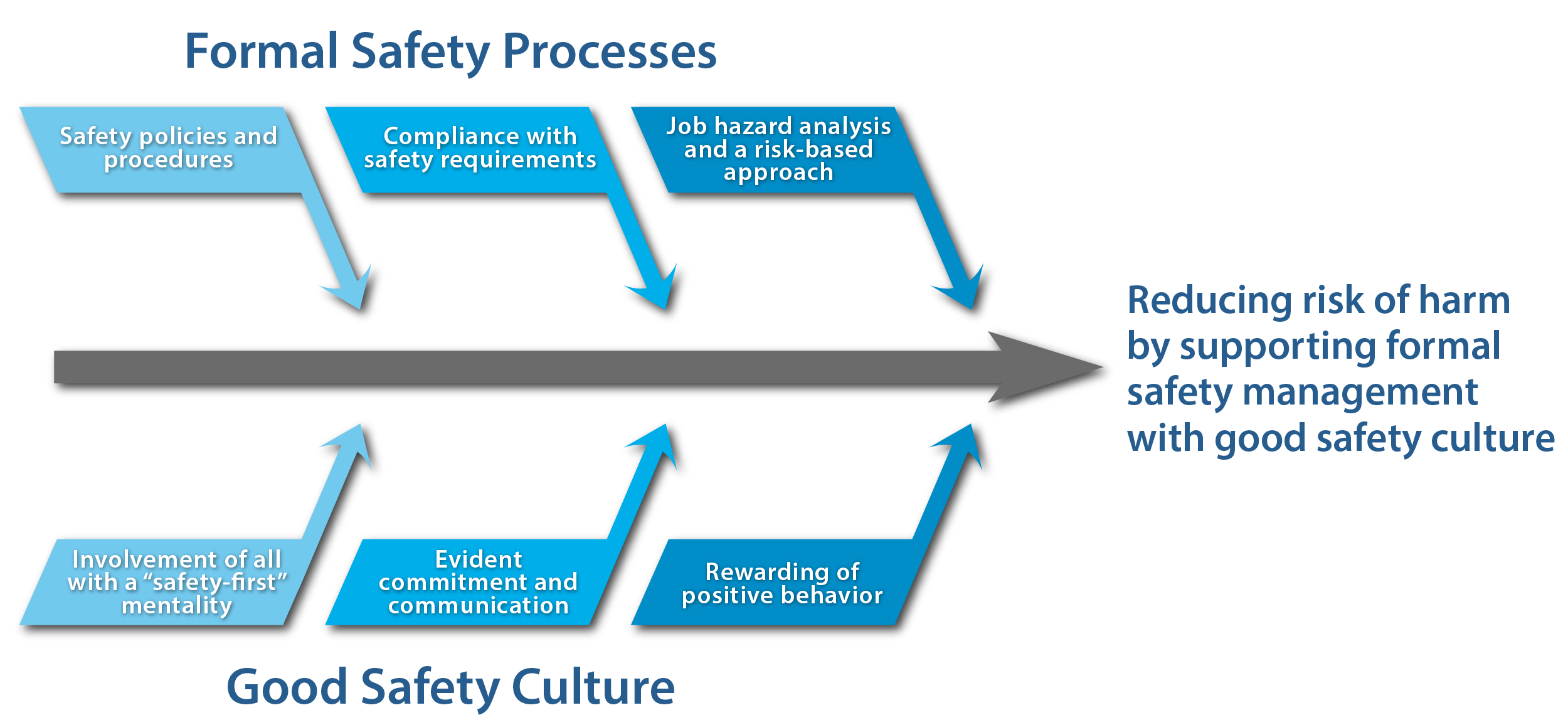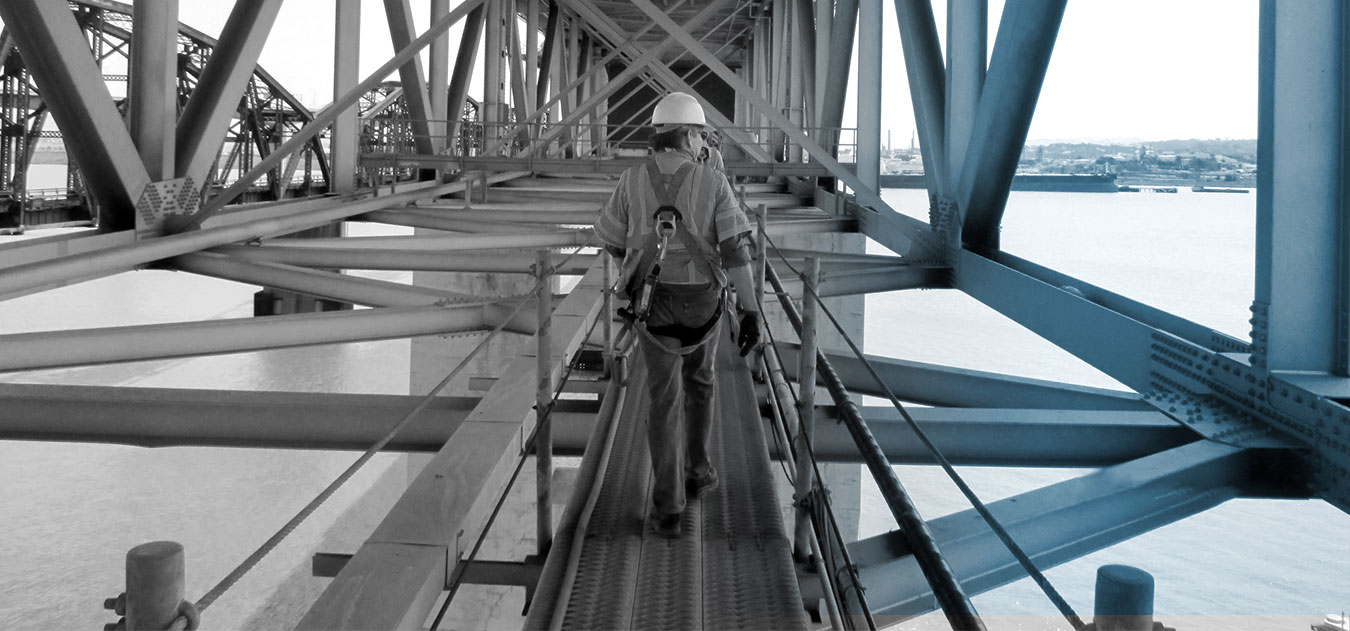WATCH OUT FOR THE SAFETY CULTURE GAP
BY: ALTA VISTA SOLUTIONS | MAY 10, 2019
Construction workers are more at risk of death than any other type of worker in the USA. The construction industry has claimed first place in the list of most dangerous jobs for quite some time; falls, heavy equipment, and falling objects have created hazardous construction environments for decades, and when we add live traffic and night work into the mix, the danger only increases. As an industry, we’ve known this for quite some time—but only fairly recently has safety awareness and improvement truly started to be prioritized. In recent years, more attention has been given to accident prevention and establishment of safety procedures that have created a steady decline in incident rates, bringing more people home safely at the end of each day.
As awareness of safety continues to rise and incident prevention is given more emphasis, it’s easy to think that we’ve done enough to solve the problem—but safety improvement never ends! Even when we achieve incident rates approaching zero, we must remember that the work we do is still dangerous, and the consequence of accidents is too high. While we can celebrate the strides we’ve made, we and others in our industry must continue to put safety first in everything we do, especially when overseeing and integrating new works, changes, or maintenance activities on, in our case, transportation infrastructure systems. By striving to be leaders in safety, those of us who work in or around the construction industry can inspire those who work with us to follow suit. Effective safety programs, supported by good safety culture, for both us and our clients are key to achieving these goals. But how do we get there?
Owner organizations share several major challenges in creating safety programs
How safe is safe enough? Developing a safe worksite (and a safe public transportation system) involves addressing a wide variety of unique challenges and considerations. These are not exclusive to any particular owner organization, but are shared across all public-accountable transportation infrastructure operators as they continue to build and maintain systems. Some of the most important goals and necessities of safety programs include:
- Providing consistent, continuously improving assurance of a safe and available transportation system
- Maintaining clear safety-related roles and responsibilities
- Establishing and maintaining clear safety and risk management priorities
- Remaining fully compliant with safety requirements, especially when these are in the process of changing
- Maintaining strong communication and information flow systems to ensure that the right information is provided to the right people at the right time
- Establishing a chain of responsibility throughout any work on the infrastructure
Meeting these criteria demands a robust approach to safety. In working on projects across public transportation and infrastructure systems, our program experience has given us insight into some of the characteristics of strong safety programs that we are excited to share.
Strong safety programs rely on vigilant adherence to safety requirements, communication, risk management, and role clarity
In achieving the objectives above, the most effective approaches to safety embrace a holistic view of safety, developing programs that conform to all safety-related requirements and embrace the most appropriate, progressive industry safety practices. Safety programs also gain value by communicating and sharing knowledge between all stakeholders and across industries. Coordinating with designers, builders, owner agency safety leadership, local authorities and third parties related to safety ensures that no opportunity for improvement is missed. Additional support such as independent safety audits, emergency response and accident/incident investigations, and corrective action recommendations can help make sure that this knowledge is documented.

When developing processes and programs, the most effective safety programs also take a risk-based approach to all activities. In this kind of program, risk is reduced in order of precedence shown below: when mitigating hazards, the first—and most desirable—tactic should be complete elimination of the hazard. When this isn’t possible, controls should move to substitution of the hazard with a less dangerous alternative, and so on. As the hierarchy decreases, controls become less effective.
An effective safety program must also define safety roles and responsibilities throughout the organization, as well as processes for communication and action on safety matters. This promotes synergy and enables sharing of technical safety-related expertise from other safety-critical applications and environments. Finally, an effective safety approach provides support for identifying, monitoring, reviewing and analyzing safety activities that could affect the implementation and operation of a transportation system. It contributes to the development of safety strategies and plans that result in a safe and secure operating road, bridge or rail system.
Processes form the foundation, but they aren’t effective without a strong safety culture to bridge the behavior gap
Increases in OSHA-related regulations and guidance, coupled with owners’ continuous improvement in operating rules and practices, has steadily resulted in better safety throughout our industry. However, processes only get us so far, and we have reached a plateau; we refer to this as the “behavior gap” or “safety culture gap.” This occurs when, even with strong and well-documented safety procedures, rules, and regulations in place, the behavior of individuals and/or the culture of the organization do not yet fully embrace those processes, or are unaware of safety protocols and best practices in real time. While the industry at large is now aware of the importance of safety and how safety risks can be reduced, efforts must also be made to inspire strong safety awareness and culture across the individuals that make up our workforce and those using the transportation systems we build.
Addressing the behavior or culture gap is essential in breaking out of the plateau and continuing to improve safety across the industry. Getting there is easier said than done, but we can start to bridge the gap by combining formal safety management with a positive safety culture to mitigate risks and keep incident and accident potential as low as possible. Processes alone can’t keep us safe; they must be combined with cultural awareness and training in order to be effective.

Successfully fostering a strong safety culture can take a wide range of strategies and efforts. In our experience, we have found that involving all personnel in safety awareness and improvement, and modeling a safety-first mentality from the top of the organization downwards, is one effective tactic in creating a strong safety culture. In addition to clearly committing to safety, making sure to communicate that commitment to all staff ensures that safety is clearly identified as a priority and supports the mindset that safety is everyone’s business. Another way to foster safety culture is through rewarding positive behavior, such as rewarding any employee who makes suggestions for safety improvements, holding frequent safety meetings, or creating safety quizzes with reward incentives for correct answers.
Effective safety programs combine process with culture to successfully keep both workers and travelers safe
In short, an effective safety program must include both defined processes and a strong safety culture, and must be fully compliant with all relevant safety-related legislation regulations guidance. When successful, it ensures that dangers are either eliminated or managed away from our collective workforce and the public by taking a risk-based approach to identifying and assessing safety hazards. In practice, this kind of program ensures that leadership understands why people do the things they do, creating an environment where our people are comfortable in looking out for each other and are able to freely voice concerns without fear of reprimand. In prioritizing safety culture, recognizing good safety practices and continuously building and improving safety solutions ensure that we identify best practice and learning opportunities.
Safety and risk management is good business sense, and must remain front and center of all of our efforts
Safety and risk management is just good business sense. Commercially successful operators excel by implementing efficient risk management practices for safety, just as they do on all other aspects of their business. As we continue to thrive in the infrastructure industry and move forward into the exciting projects ahead, safety must remain front and center of all of our business efforts.
